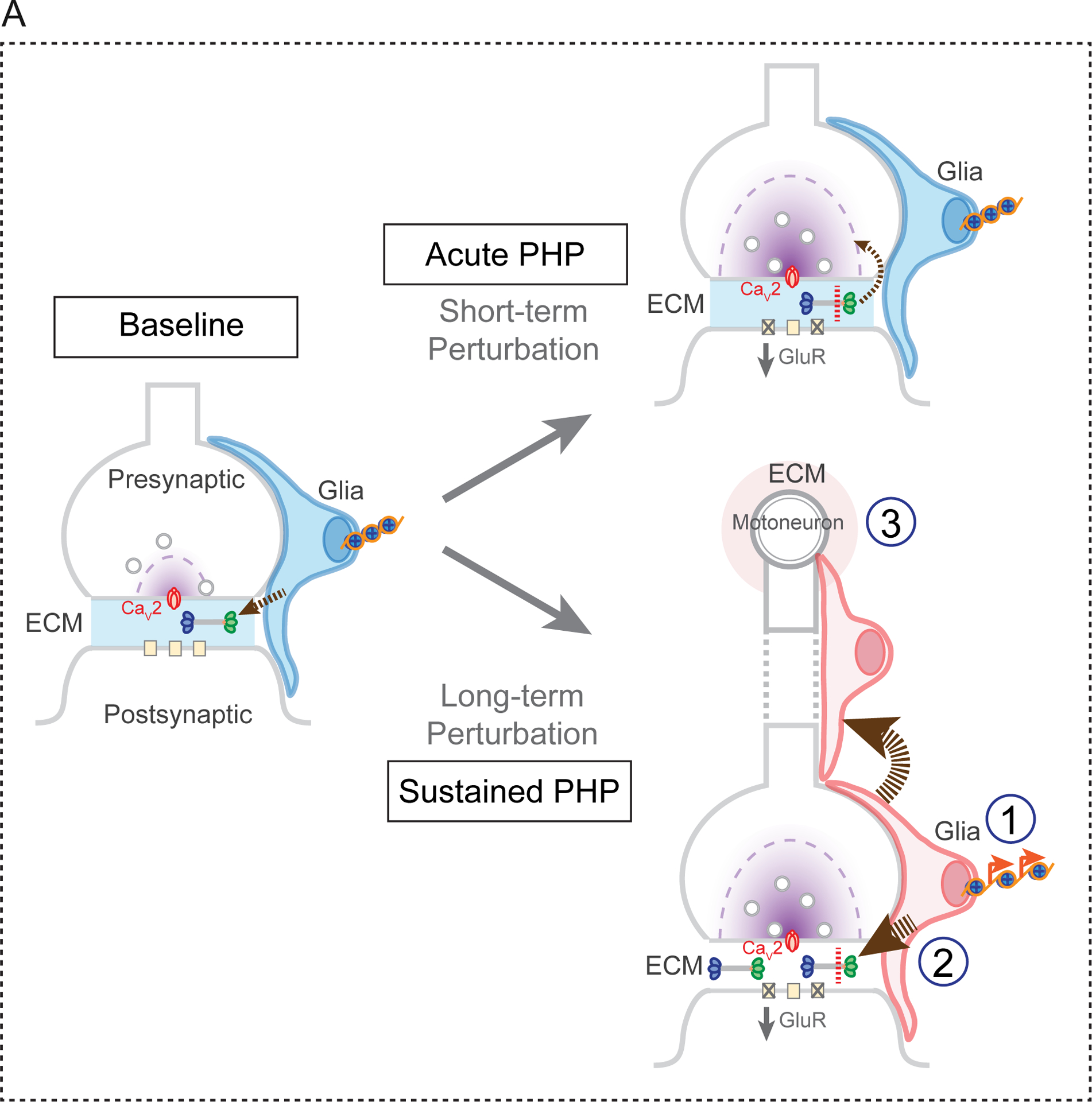Figure 8. Model for Glia Signaling in PHP.

The SAGA complex is required for both the rapid induction and sustained expression of PHP. At baseline, glial secrete Multiplexin, which is deposited within the extracellular matrix (ECM) at the NMJ (arrow, left panel). Application of PhTX (short-term perturbation) results in the proteolytic cleavage of Multiplexin and the release of Endostatin, which is essential for the induction of PHP (acute PHP, upper right panel). A sustained perturbation (long-term perturbation), such as the GluRIIA mutation, induces epigenetic signaling in peripheral glia, a process that is necessary for the sustained expression of PHP (lower right panel). Within peripheral glia, members of the SAGA complex are required for secretion of elevated levels of Multiplexin and other, as yet unidentified, factors that function either locally (1), along the peripheral nerve (2) or within the ventral nerve cord where the motoneuron cell bodies reside (3).
